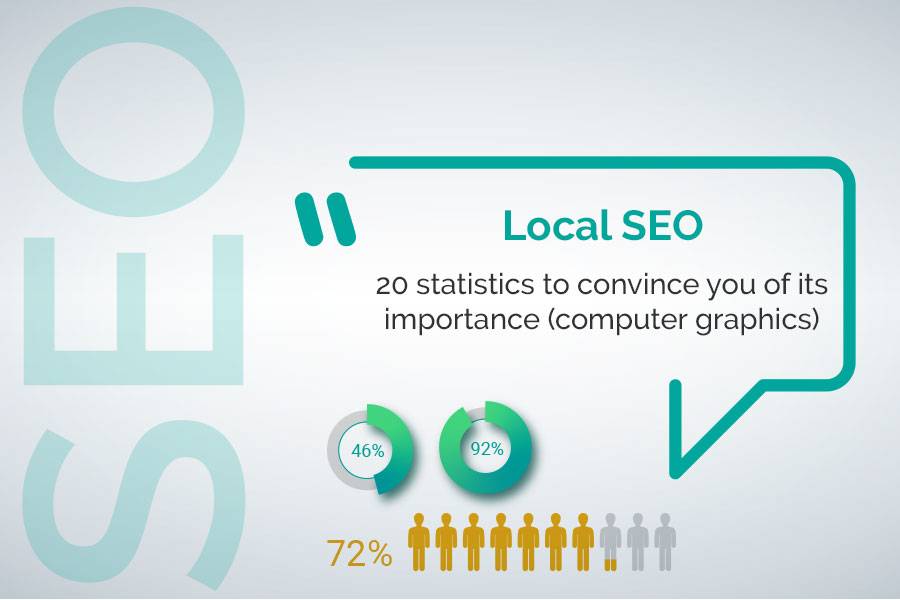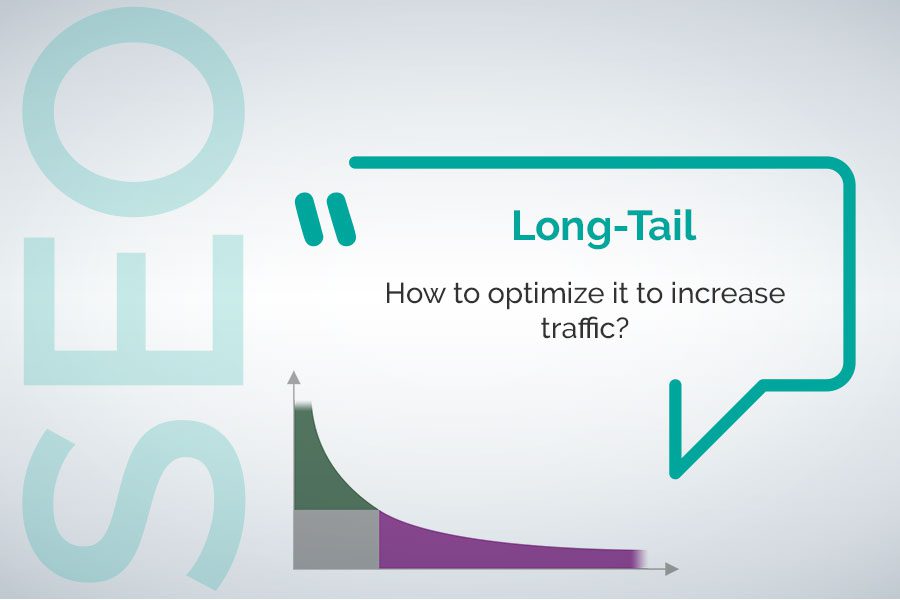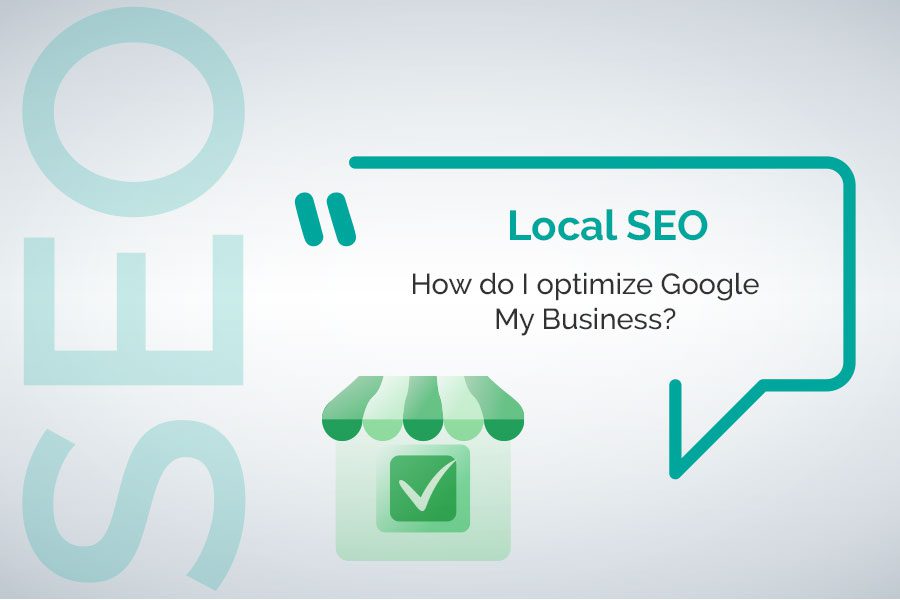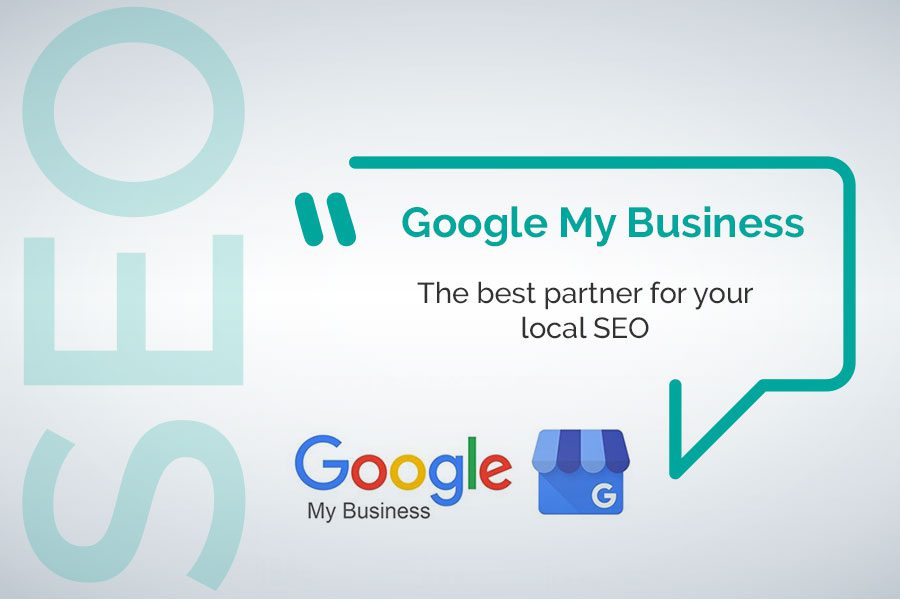
Google My Business: The best partner for your local SEO.
February 21, 2020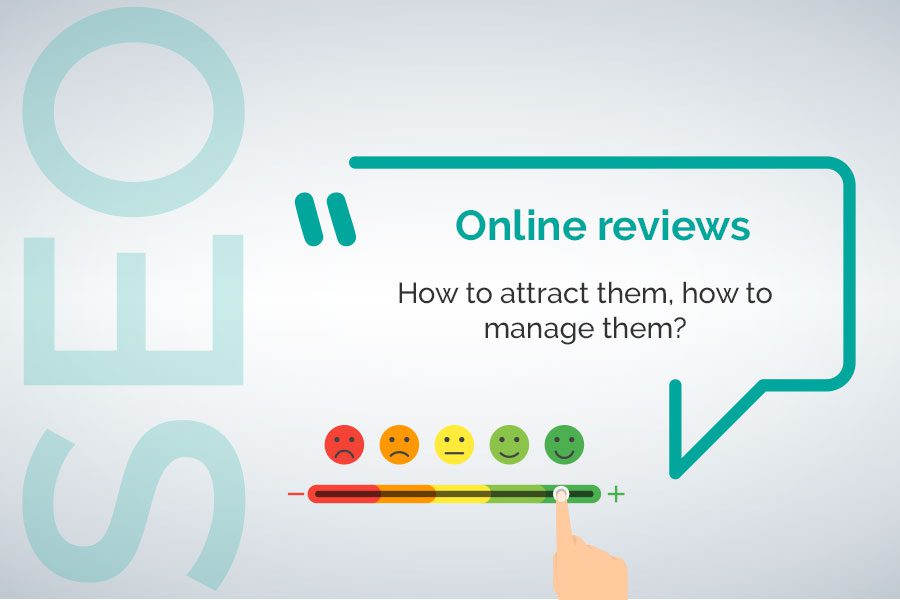
Online reviews: How to attract them, how to manage them?
February 26, 2020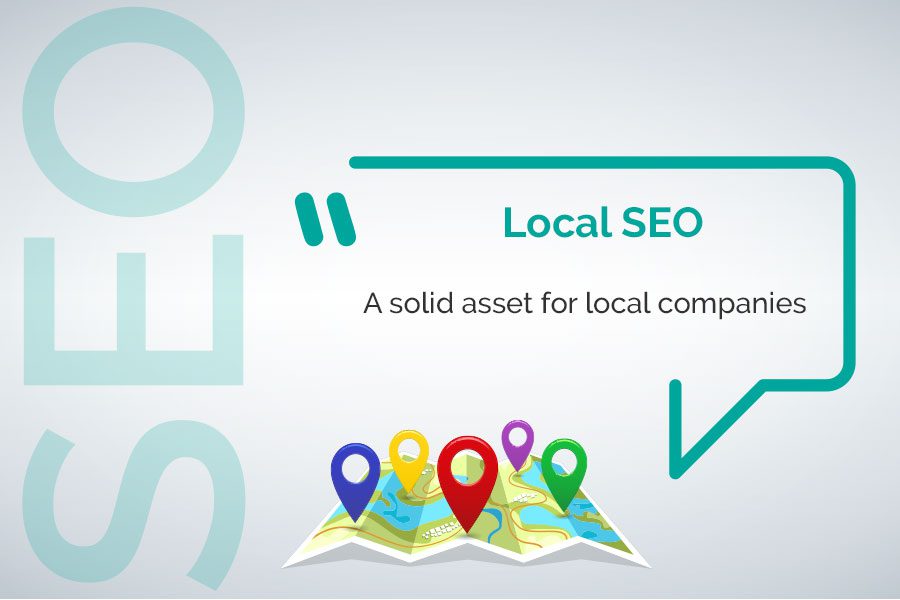

Local SEO is the component of natural search engine optimization that allows websites of local companies to optimize their position in Google results for local searches as well as in some social media.
Local SEO is a strategic tool for local brands, retailers and craftsmen because Google considers that ROPO, “Research Online, Purchase Offline”, i.e. “search online, buy on the spot” is a priority need for Internet users.
In this article we will present the different tools of Local SEO, and we will explain how to optimize them to improve the online visibility of a local business.
Summary
Some figures about Local SEO.
The importance of local SEO, both in terms of the visibility it confers on local businesses and the way it influences the behavior of Internet users, becomes even more obvious when reading the following statistics:
- 80% of consumers use search engines to obtain local information (Source: Google)
- 50% of mobile users go to a store after doing a local search (Source: Google)
- 18% of local searches lead to a purchase (Source: AL)
- 82% of motorcyclists carry out research near their home (Source: Uberall)
- 92% of consumers will choose a business located on the first page of local search results (Source: SEO Expert)
- 46% of Google searches ask for local responses (Source: Main Street ROI)
- 78% of mobile searches for local businesses result in a purchase (Source: Local Search Association Conference)
What are the tools of the local SEO?
Local SEO is the discipline of natural referencing that allows to optimize the placement of a local business site in Google results. By local search we mean queries with geographical elements such as “restaurant + Bertrange” or “landscaper + Mondorf” or even queries that do not contain a place name but which are geolocalised anyway since Google has the means to know your location at the time you make this request.
Local SEO is aimed at companies with one or more “physical” points of sale established locally and commercially active in a local catchment area. It therefore corresponds to shopkeepers, craftsmen, liberal professions, florists, garage owners… but also to large national or international groups with multiple local establishments such as banks, insurance companies or franchise networks.
1 – Google My Business.
Google My Business is the main tool for local SEO. This free service offered by Google is much more than an online directory, it allows you to create detailed profiles that are easy to update and facilitate interactions with Internet users.
A company profile edited in Google My Business appears in Google results (in the Local Pack and in the Knowledge Graph) and in Google map. The place obtained by a profile in Google’s results depends essentially on three criteria: relevance, notoriety and distance. For more information about Google My Business we invite you to read this complete article on our blog.
2 – Organic results.
Organic results are displayed after the local pack. They are prioritized according to the “score” that Google assigns to the different sites. This rating depends on many criteria, those already mentioned above about Google My Business (relevance, notoriety and distance), but also on qualitative criteria such as:
- The quality of the tags (Title, Alt, Hn, Desc…);
- The choice of keywords;
- The loading speed of the pages;
- The compatibility of the site with smartphones and tablets;
- The structure of the pages and the internal mesh;
- The richness of the site’s content;
- And many others…
3 – Google Ads.
Google Ads as paid ads are part of SEA (Search Engine Advertising), so why mention them in an article dedicated to Local SEO?
1 – Because Google takes everything into account, it is not forbidden to think that Google Ads can have a positive impact on the notoriety of a site (more visits, better bounce rate …) which weighs indirectly on its natural SEO.
2 – But also because Google Ads are very advanced tools that can target specific keywords in addition to the strategy of Local SEO.
4 – Online directories.
Traditional directories are generally placed in the good results of search engines for local queries. They can have a significant impact on your traffic and allow you to have quality backlinks pointing to your site.
However, avoid spreading yourself over too exotic directories or directories of paid links – concentrate your efforts on the following three types of directories:
– The generalists: Editus, Yellow, Europages…
– Themes: TripAdvisor, Booking…
– Local: Sites of the merchants of a town such as www.eschopping.lu/ or sites of associations of local merchants and craftsmen such as letzshop.lu or wedo.lu.
Take care of your NAP!
In order for this strategy, which consists of referencing a website on local sites, to work, it is imperative to ensure that the information disseminated on these different media is strictly identical and above all that it faithfully reproduces the NAP. NAP stands for “Name, Address, Phone“, to which we add the company’s activity and its url, which must be indicated identically on all directories, on Google My Business and on social networks. This consistency is necessary to avoid confusing your customers, of course, but also Google.
Simple differences, such as spelling mistakes or different abbreviations will have negative consequences if Google cannot clearly determine which information is the right one. In some cases, if it cannot determine that it is the right information, it may spread incorrect information or not show the company’s site in its search results at all.
5 – Social Media.
Social media influences the local SEO for three reasons:
1 – Your community of subscribers on networks such as Facebook, Twitter, Instagram and Linkedin, may be hungry for information and attentive to your news. By encouraging the sharing of your publications, you can generate virality and thus improve traffic to your site at a lower cost.
2 – Opinions and comments written by Internet users in Facebook, Google My Business and Tripadvisor are taken into account by Google to determine a company’s popularity and reputation… and therefore its Local SEO.
3 – Customers are sensitive to the opinions and views of Internet users and take them into account before visiting a site.
Encourage online reviews!
The better an establishment is rated on its various sites, the more likely it is to appear well in the results of the search engines. By encouraging your satisfied customers to rate you and give their opinions, you have a positive impact on your local SEO because, don’t forget that 88% of consumers trust online comments as much as they do recommendations from their friends and family. (Source: Search Engine Land)
TIP: Don’t leave very negative opinions unanswered and interact regularly with people who take the time to leave comments on these sites.
Local SEO and voice search.
There’s no need to go into detail here about the central role of mobile search, just one number will suffice to summarize its importance; 60% of local searches are carried out from a smartphone. What’s new in recent years is that this trend is developing in tandem with the rise of voice search.
“Google, find me the nearest florist.”
“Siri, what’s the best Japanese restaurant in Luxembourg?”
Voice search is a feature that first appeared on smartphones and which seems to reflect a change in behavior in terms of Internet search as evidenced by the appearance of voice assistants; Amazon Echo (Alexa), Voice Search (Google), Cortana (Microsoft), Siri (Apple).
A recent Microsoft study seems to indicate that 72% of Internet users use voice search via voice assistants.
Vocal SEO – which is therefore the SEO technique to appear well in this type of search – therefore consists in positioning pages on voice queries that are most often formulated in the form of questions, which are generally longer and use a different vocabulary and syntax from “classic” search.
For the moment, it still seems difficult to optimize a site to make it as effective for Local SEO as it is for Vocal SEO, but it is still possible to improve your Vocal SEO without negatively influencing your Local SEO. The basic adjustments to make are as follows:
- Offer a relevant summary of the page content at the beginning of the page, ideally with a short first paragraph placed just after the H1 tag;
- Boost the speed of your site;
- Use the long tail;
- Prioritize the information on a page and use descriptive Hn tags between each paragraph;
- Use rich snippets;
- Fill out your Google My business profile efficiently.
To conclude.
Not optimizing your local SEO is risky, especially if you are a local business. It is indeed very easy for your competitors to get ahead of you if your digital communication is not optimized. Luckily nothing is final and whether you choose to take care of the optimization of your site yourself or hire an expert in this field to standardize your online presence, with time and a lot of effort you will be able to give back color to your Local SEO. But don’t forget that the competition is tough and your competitors will firmly cling to the most coveted places (local pack and local knowledge) which are the ones that generate the best traffic and therefore the best profitability.

